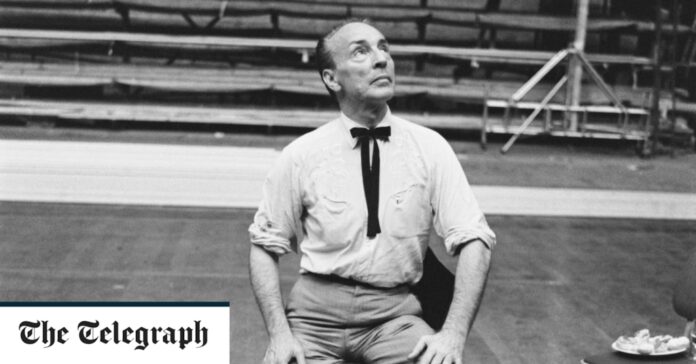Jennifer Homans’s excellent biography Mr B increases one’s awe at Balanchine’s talent even as it exposes the dark corners of his psyche
Cooking, carpentry, gardening, ironing shirts. A list of the choreographer George Balanchine’s domestic recreations indicates one aspect of his enigmatic personality: he was supremely practical, a dedicated craftsman, unpretentious and orderly.
But there was a profound spirituality there too, growing out of his Georgian ancestry, his Orthodox religion and his Russian education, in which worship of women, the Eternal Feminine, was his channel to the Divine. “Ballet is woman,” he would say. His work, rarely overtly sexual but often deeply erotic, reflects a life that passed through a series of romantic infatuations, apparently not involving much physical intercourse but majoring on courtship. He made love through dance.
Jennifer Homans, the author of this wonderfully absorbing study, has the advantage of having observed Balanchine in person, taken class with him and danced in several of his ballets: she gets inside him in ways that previous biographers have failed to do, and what she finds increases one’s awe at his talent and industry even as it exposes dark corners of his psyche.
Born in 1904, the son of a Georgian musician, he grew up during the turmoil of war and revolution, leaving him with a lifelong loathing of communism and ambivalent feelings about Russia. When he escaped from Petrograd in 1924, he was a “reasonably good dancer” and an ambitious choreographer, influenced by radical Symbolist, Constructivist and Futurist ideas. In Paris, Diaghilev took him under his wing and during the last years of the Ballets Russes, he produced his first masterpieces, Apollo and The Prodigal Son.


